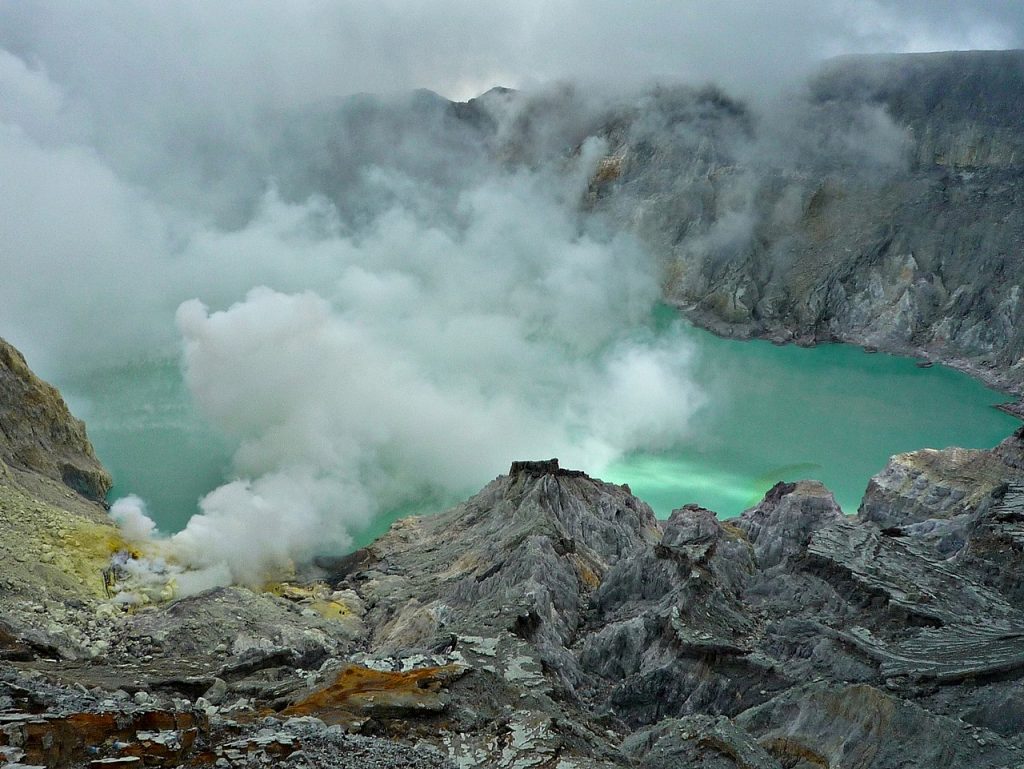
This website uses cookies so that we can provide you with the best user experience possible. Cookie information is stored in your browser and performs functions such as recognising you when you return to our website and helping our team to understand which sections of the website you find most interesting and useful.
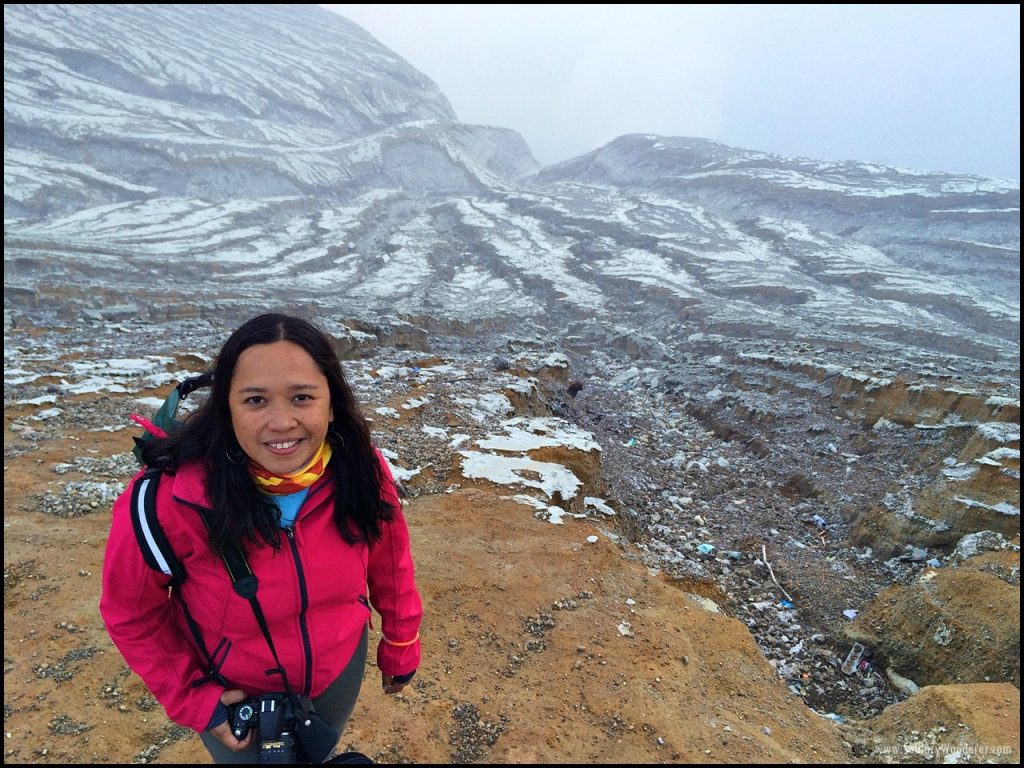
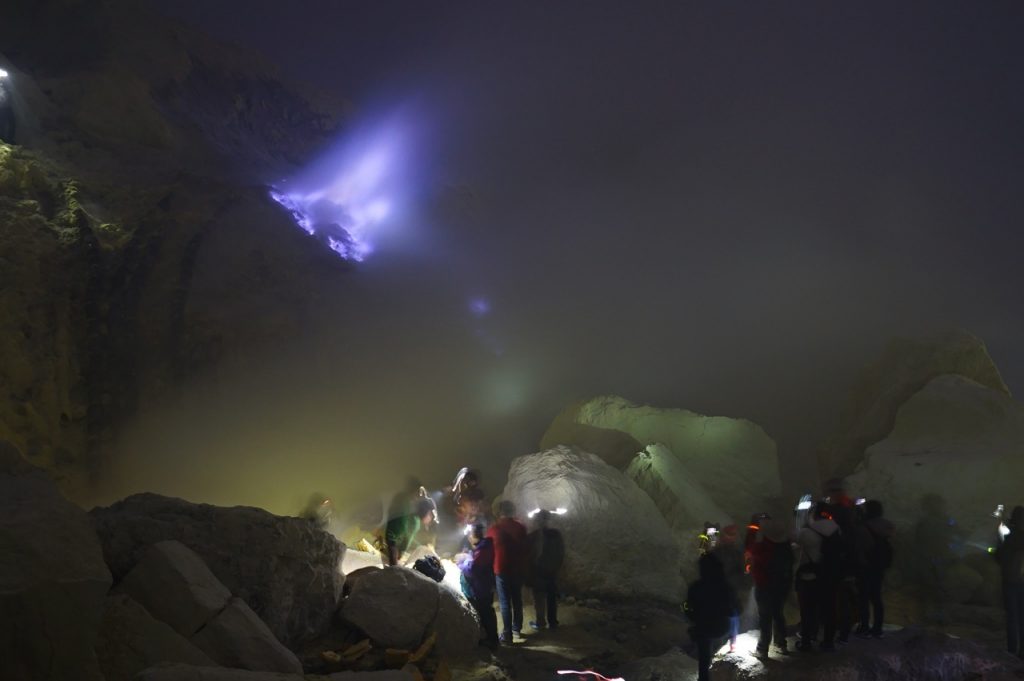
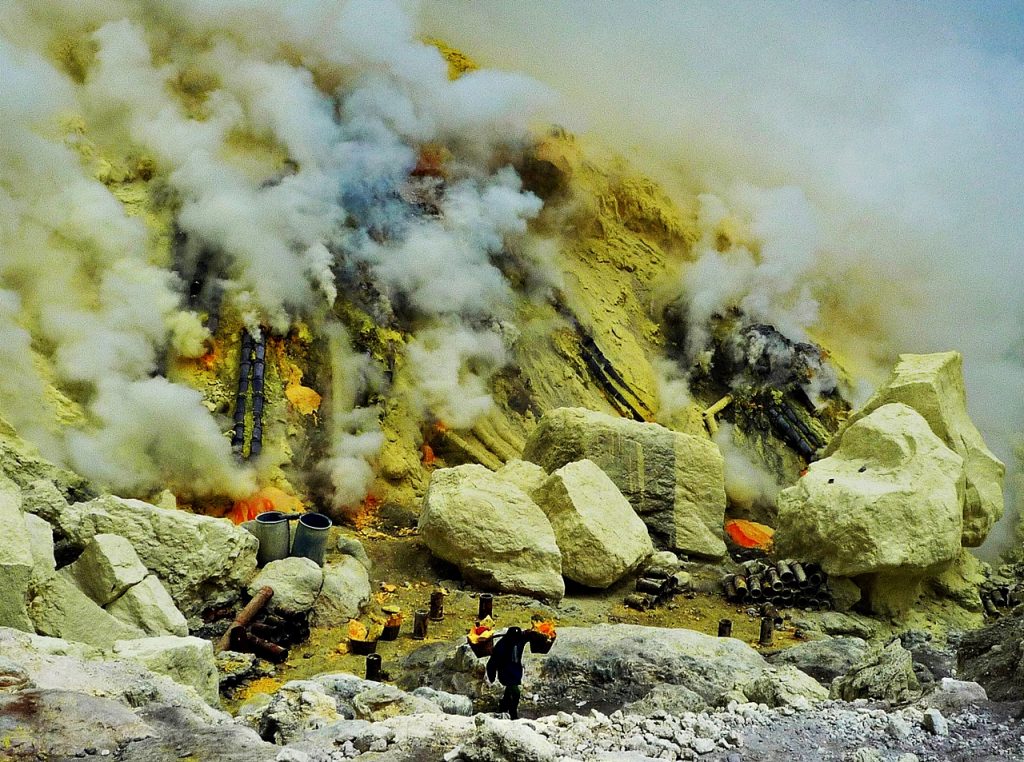
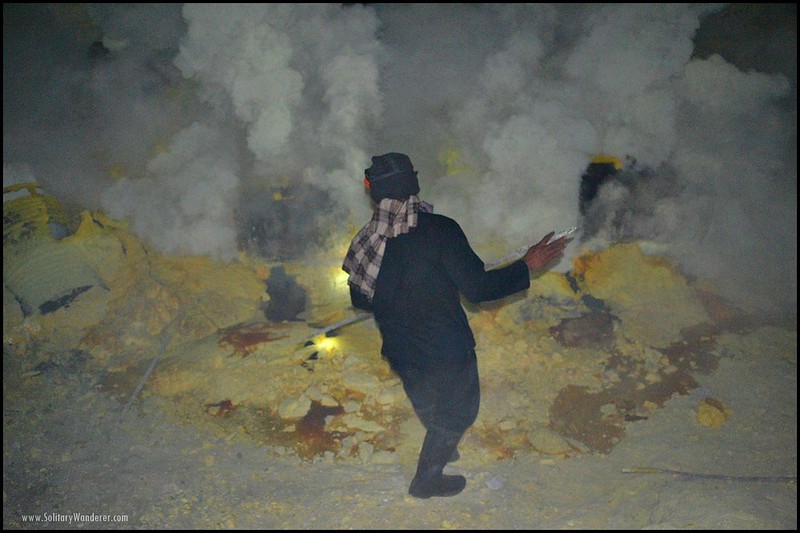

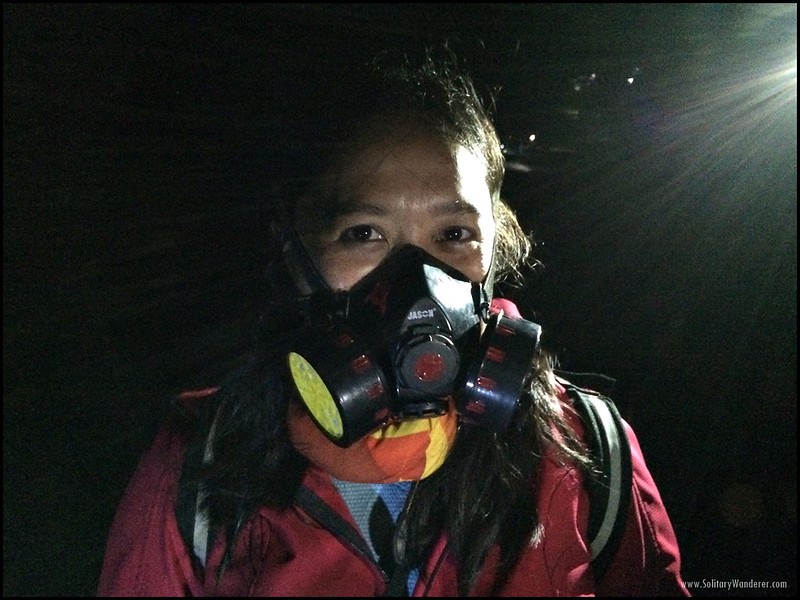

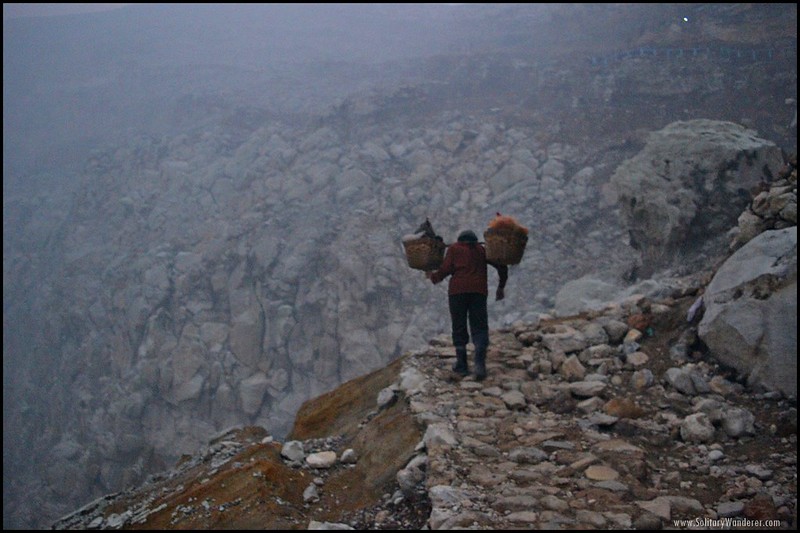
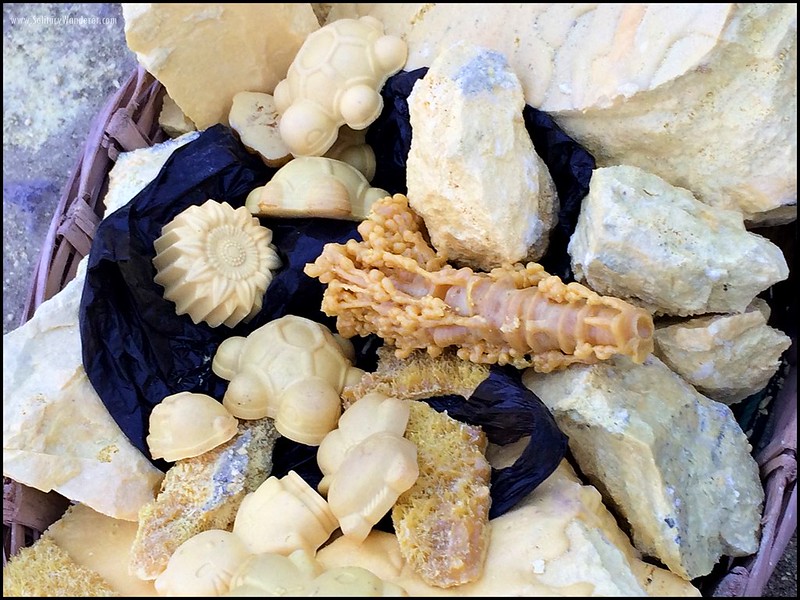

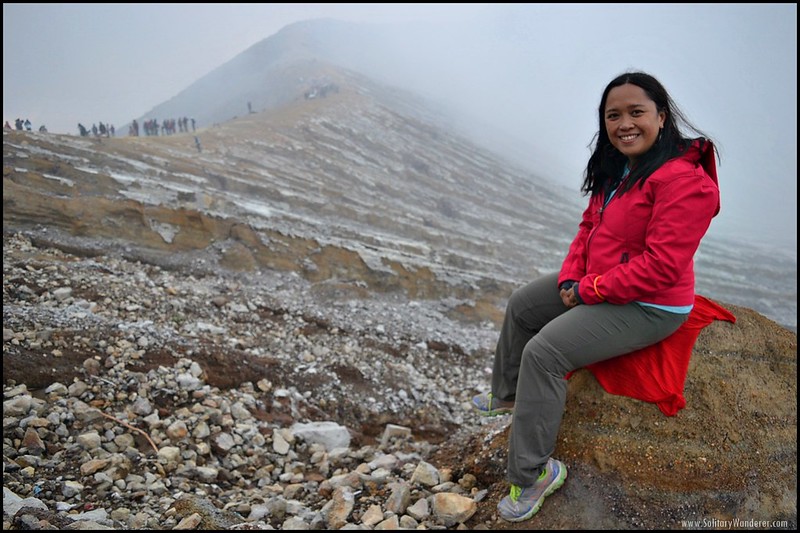
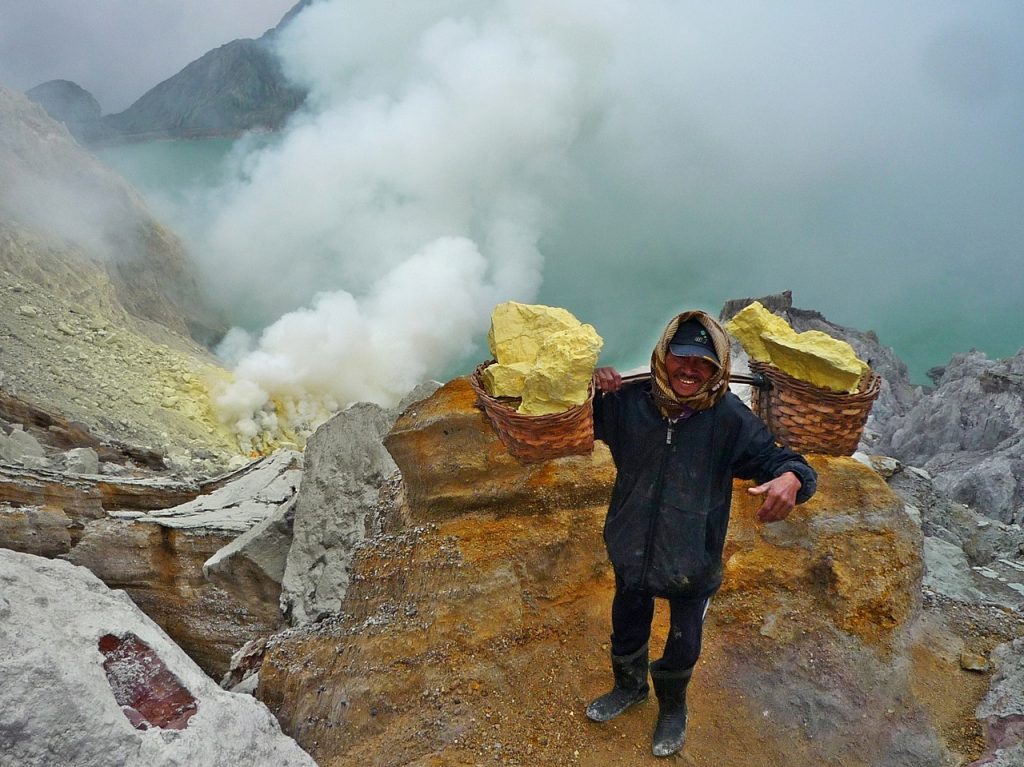

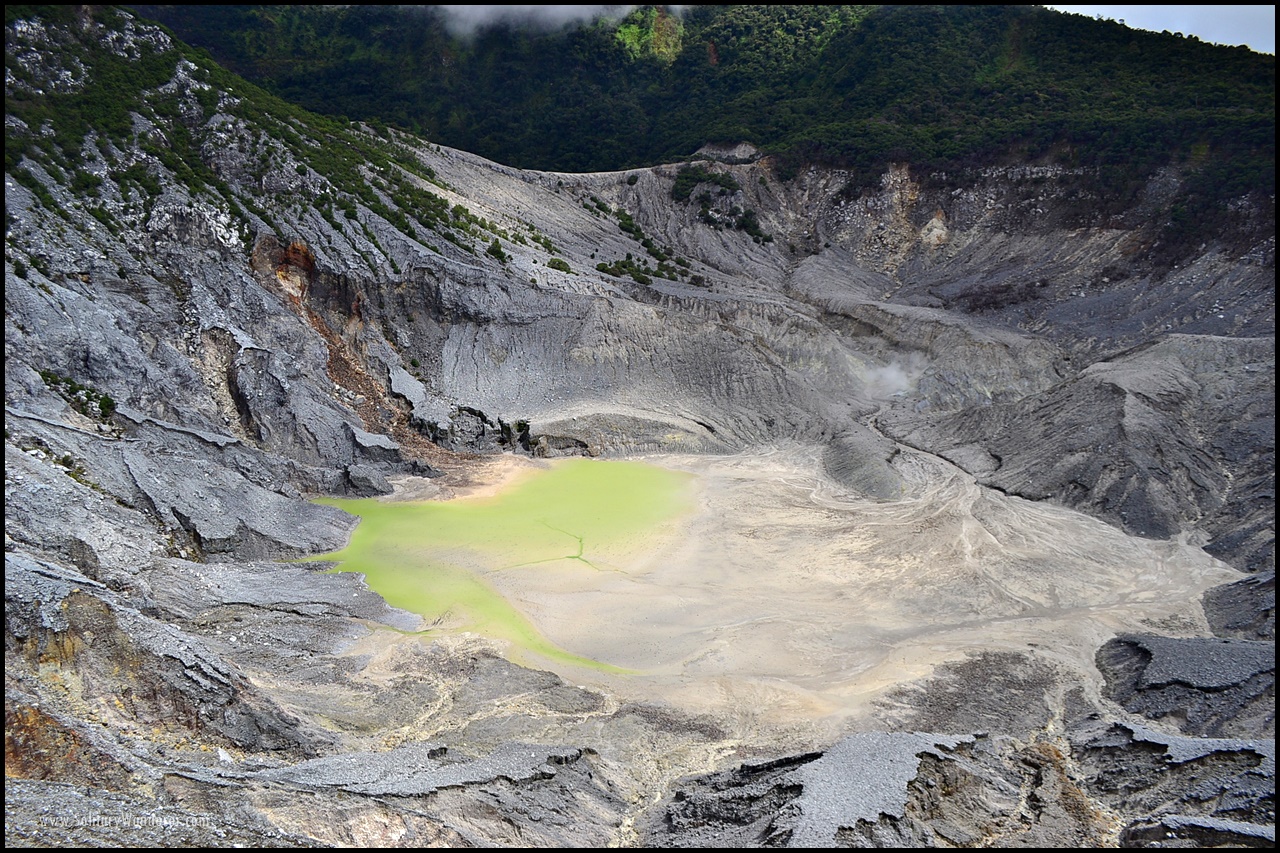
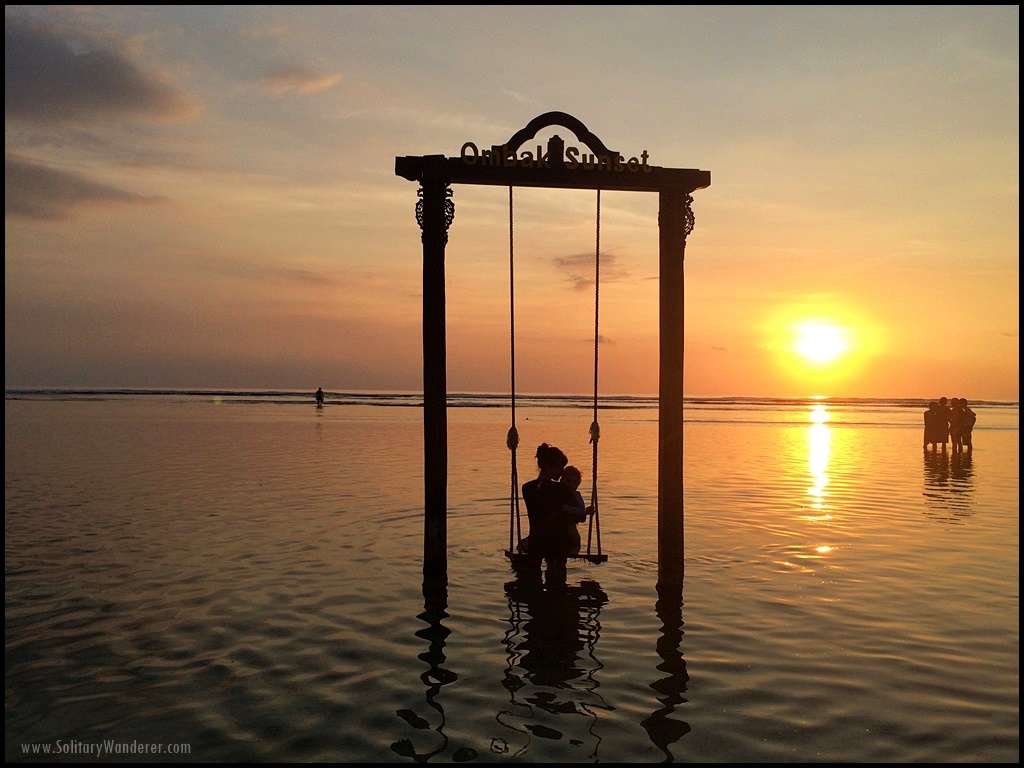


26 Comments. Leave new
Wow, what a nice experience, would really love to go there ad take photos my self. Thanks for sharing this
Wow what an experience to hike a volcano crater! Especially one that requires a gas mask. Thank you for sharing this unique activity!
Blue flame – wow. This is absolutely incredible and I was thankful for the explanation about how it came to be. I would love to do this, having climbed Mt Etna in Sicily (an active volcano) but at the same time, I’d be a little apprehensive about going down into a volcano. I’m also allergic to sulphur so would definitely need to hire a mask! A bargain at $4. Loved your comment about buying something from the local shopkeeper, this is the type of thing we always do.
This is terrific! You went on even with your eyes tearing up and difficulty in breathing? Kudos to you.
Wasn’t a volcano crater, but I did the summit of Kilimanjaro at midnight and it was coooold!! As you said, despite the difficulty and the discomfort, it was a highlight of my trip at the time. But wow, what an adventure to have ventured into the crater of an active volcano! I can’t even imagine how overwhelming the sulfur smoke must have been – gas masks were a wise purchase! I too am amazed at how the miners go into that everyday without googles or masks.
I’ve never seen anything as surreal as that blue flame – what an experience!
This looks like an amazing experience hiking the Ijen Crater the blue fame is beautiful. I didn’t know there were even volcanoes like this! I would love to see this, but don’t if I could cope with sulfur smell!
This is totally crazy! I have actually climbed an erupting volcano called Stromboli in the Aeolian Islands in Italy. Red, molten lava shoots up in to the air but to see it you have to be on the ridge after dark. I didn’t really notice any sulfur gases or smells though when I did the trek.
Those poor miners working with those toxic gases everyday have to be shortening their lifespan. And for such a little wage.
It seems like such a once-in-a-lifetime experience. How incredible. We have been wanting to go back to Indonesia ever since we had a day trip in Bali from a cruise ship last year. How effective are the gas masks? My daughter is allergic to sulphur (a pity, because I think she is both the most able and the most eager to do something like this) and can’t even visit New Zealand’s Rotorua for long periods of time.
What a lovely post. I may never go there but you virtually took me there. I would love to buy those sulfur sculptures & they are so cheap. Do you get them outside of the mining area or crater?
Wow! What an adventure! I just came back from Indonesia. Unfortunately, we did not have time to hike up this volcano. I found Java Island much more interesting and auhentic than Bali. Hopefully, I will get to go back there soon enough to use your tips! How crazy is it that they ask you to wear a mask, but local miners seem not to care about their lungs…
OMG, what an adventure! You are a very brave woman. That sulphur cloud does look pretty toxic. But the 11 degrees must have been bliss, no? I always think that Indonesia is a little bit too hot. 🙂 I have been thinking for a while if I would do the hike myself. If I would get a chance to see the blue flame then definitely yes. Otherwise, probably not. Quite the experience!
I love your blog! I didn’t know there was a tourist attraction such as this in Indonesia.
The photos of the place were breathtaking! Although you really need to wear a face mask because sulfur really is dangerous. But there is a saying, “Some beautiful things do come with danger”, though.
It amazed me that the miners didn’t wear masks or goggles. I can’t imagine how they could take it day in and day out.
Yes, buy something from the locals and tip them when you take photos with them, please!
You are doing things I can only imagine. Way to go.
It bugs me when people ask the miners to stop and pose for a photo but just say thank you. Even a few US cents would already help them!
Bongga! Want to visit Indonesia too. Hope to join next time mukhang masaya 😀 #CommentPaMore
You would definitely enjoy Indonesia, Mica. Aside from Ijen, I loved our time in Lombok too.
What a place to have that unique experience Aleah!
Now I wish I go there whenever I go to Indonesia next. 🙂
Thanks for this exhaustive post. Your pictures say a lot.
Thanks, Nisha. I hope you can take the hike too. It’s not so hard a hike and there are a lot of realizations to be had there. 🙂
What an amazing experience!!!
It was. Thanks for dropping by my blog!
Unique experience to have … when I make it back to Indonesia, I’ll have to check this out!
Definitely a good experience!